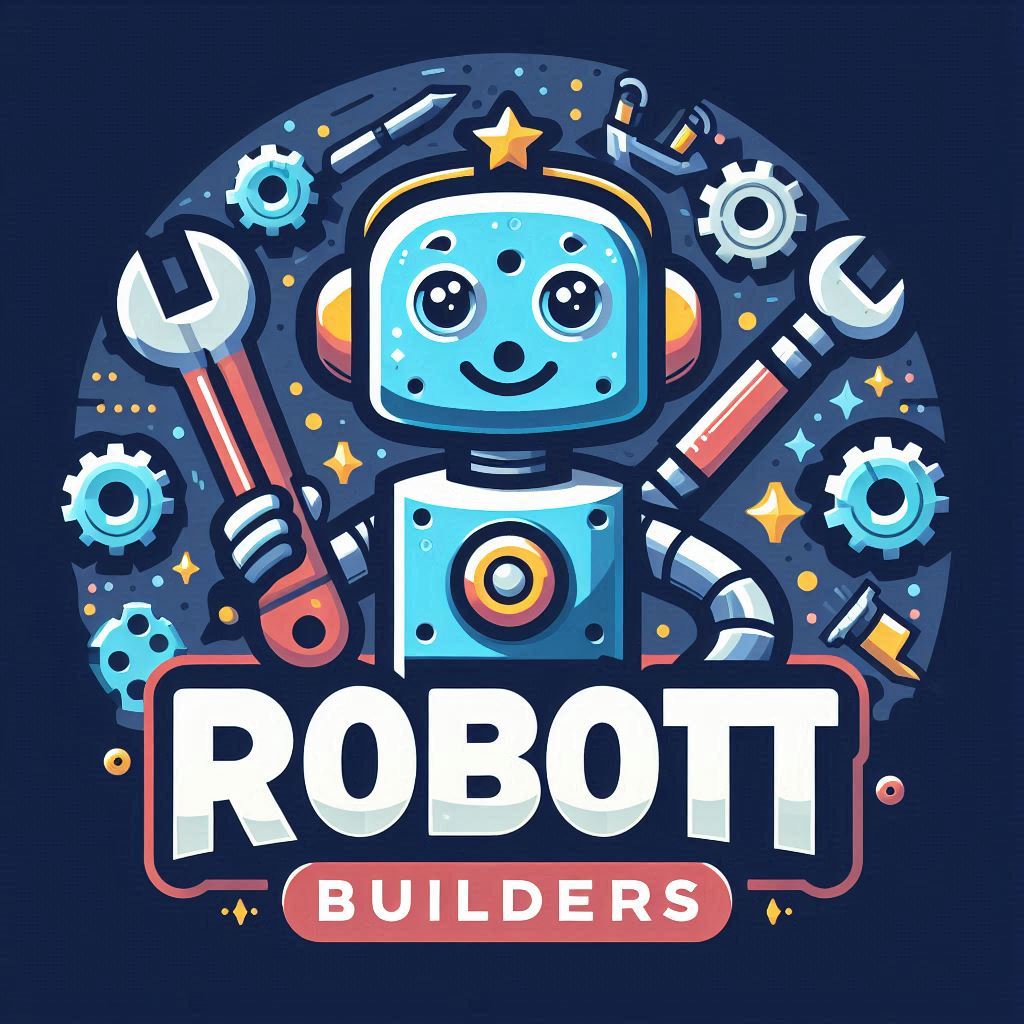Introduction
AI is transforming customer support by automating responses, improving response times, and enhancing user experience. Businesses are increasingly adopting AI-powered customer support tools to streamline workflows, reduce operational costs, and provide 24/7 assistance. If you’re looking to develop AI tools for customer support automation, this guide will walk you through the essential steps while following SEO best practices for online visibility.

Step 1: Understanding AI’s Role in Customer Support
AI-powered automation optimizes customer interactions by handling repetitive tasks and providing intelligent solutions. Key applications include:
- Chatbots & Virtual Assistants – AI-driven messaging systems that instantly respond to inquiries.
- Sentiment Analysis & Query Prioritization – AI detects emotions and urgency, directing requests accordingly.
- Automated Email Responses – AI categorizes inquiries and generates personalized replies.
- Self-Service AI Knowledge Bases – AI recommends articles or FAQs for common customer queries.
- Voice Recognition & AI Call Routing – AI routes calls based on customer needs using speech analysis.
These AI solutions reduce workload, improve response speed, and enhance customer satisfaction.
Step 2: Selecting the Right AI Tech Stack
Developing AI-powered customer support tools requires choosing the right technologies and frameworks.
Programming Languages
- Python – Preferred for AI, NLP, and chatbot development.
- JavaScript (Node.js) – Ideal for real-time web-based customer support.
- Java – Useful for scalable enterprise-grade applications.
Machine Learning & NLP Frameworks
- TensorFlow / PyTorch – Enables AI-driven text and voice interactions.
- SpaCy & NLTK – Processes natural language for customer inquiries.
- IBM Watson AI / Google Dialogflow – Provides pre-built customer service models.
Communication APIs & AI Integrations
- Twilio API – Enables AI-powered voice and SMS customer support.
- Google Speech-to-Text API – Converts voice inquiries into text for AI processing.
- Zendesk & Freshdesk API – AI integrates with customer support platforms for automation.
With the right tech stack, businesses can develop highly responsive AI solutions for support automation.
Step 3: Collecting & Preprocessing Customer Data
AI-driven customer support relies on accurate data processing to improve responses.
Data Sources for AI Training
- Historical Customer Queries – Extract common issues from email, chat, and call logs.
- Support Ticket Systems – Analyze patterns in resolved and unresolved cases.
- Product FAQs & Knowledge Bases – Train AI with relevant content for automated responses.
- User Sentiment Analysis – AI detects tone and urgency in customer conversations.
Preprocessing Data for AI
- Cleaning & Structuring – Remove redundant entries, standardize formats, and categorize queries.
- Tokenization & Keyword Extraction – AI breaks customer requests into understandable components.
- Speech & Text Normalization – Enhances AI’s ability to interpret voice and text-based interactions.
Optimized data ensures AI models accurately understand customer needs.
Step 4: Training AI Models for Customer Support Automation
AI must learn to interpret inquiries and generate accurate responses.
Training Process
- Intent Recognition – AI detects customer intent (e.g., complaints, order inquiries, support requests).
- Sentiment Analysis – AI determines emotions (positive, neutral, or negative feedback).
- Automated Response Generation – AI formulates replies using NLP-based models.
- Multi-Language Support – Expands AI capabilities for global customer interactions.
Fine-tuning AI enhances response relevance, speed, and personalization.
Step 5: Deploying AI-Powered Customer Support Tools
Once trained, AI tools must be integrated into customer service platforms for real-world application.
Deployment Considerations
- Omnichannel Integration – AI chatbots and assistants deployed across web, mobile, email, and messaging apps.
- Self-Service AI Portals – Customers receive AI-suggested articles based on their queries.
- Real-Time Monitoring & Escalation – AI detects complex issues and escalates them to human agents.
- AI-Powered Voice Assistants – Implements speech recognition for call center automation.
AI reduces operational costs while improving efficiency in customer support workflows.
Step 6: SEO Optimization for AI Customer Support Tools
If you’re launching an AI customer support tool, SEO strategies enhance visibility and search rankings.
SEO Best Practices
- Keyword Optimization – Use phrases like “AI customer support automation,” “chatbot for business,” and “AI-powered help desk.”
- Create an SEO-Friendly Landing Page – Showcase AI tool benefits with structured content.
- Publish Case Studies & Tutorials – Educate users about AI-driven customer service automation.
- Improve Website Speed & Mobile Responsiveness – Optimize for Google PageRank.
- Leverage Backlinks & Social Media Promotion – Collaborate with tech blogs for credibility.
AI-powered customer support tools rank higher and attract businesses looking for automation solutions.
Step 7: Monitoring AI Performance & Continuous Improvement
AI models must evolve based on user interactions and industry trends.
Performance Tracking Metrics
- Response Accuracy & User Satisfaction – Measure AI-generated reply effectiveness.
- Customer Retention & Engagement – Track interactions and resolutions provided by AI.
- Error Detection & AI Refinements – Continuously improve conversational accuracy.
- Security & Privacy Enhancements – Protect sensitive customer data with encryption.
Refining AI ensures customer support automation remains adaptive and effective.
Final Thoughts
AI-driven customer support automation reshapes customer service, offering faster resolutions and cost-efficient interactions. By integrating chatbots, automated email responses, sentiment analysis, and voice assistants, businesses enhance user experiences while reducing workloads.
